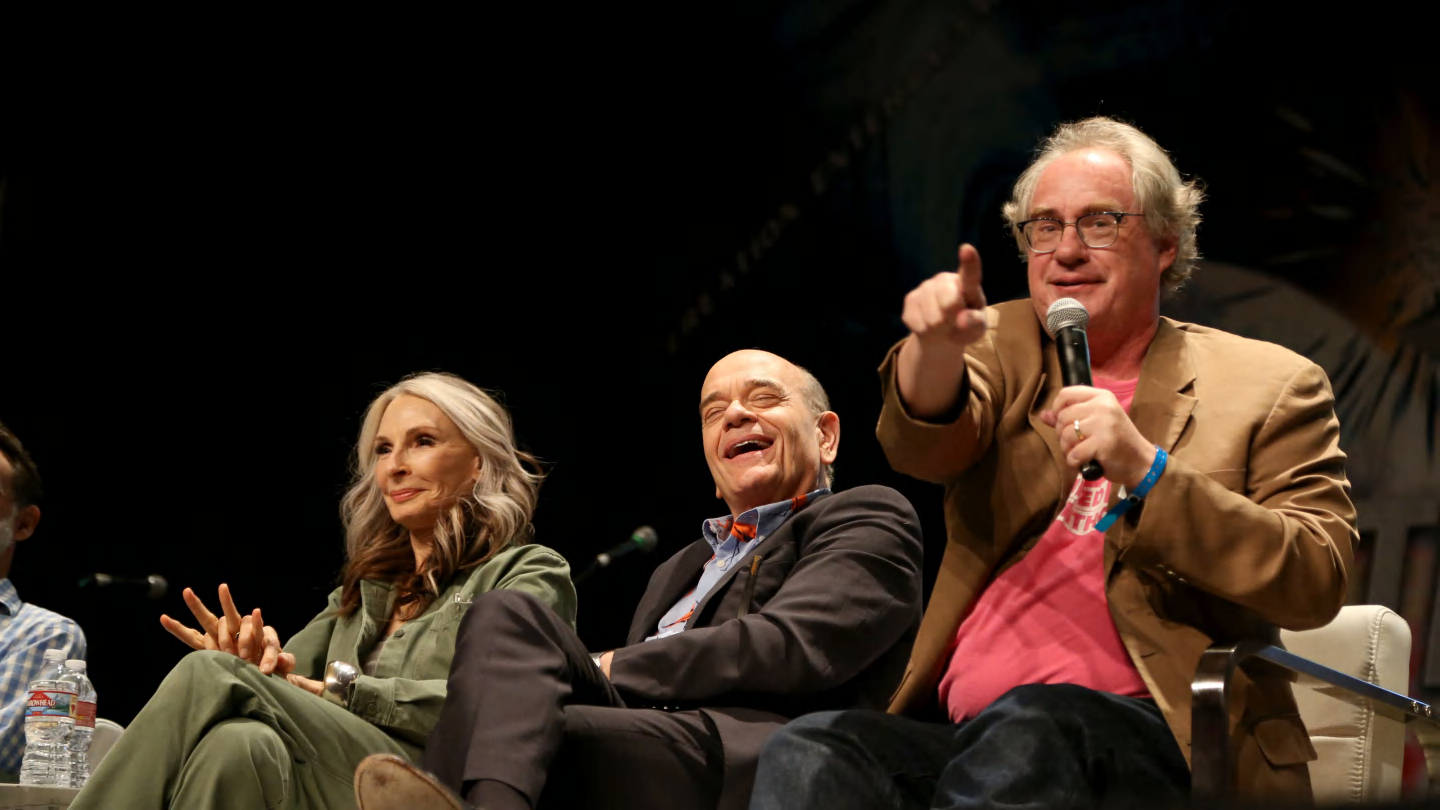
As a lifelong Star Trek enthusiast who’s seen every episode more times than I care to count, I can confidently say that the doctors of Starfleet are my favorite characters. It’s not just their outsider status or the gut-wrenching episodes they often star in – it’s the fascinating backgrounds they come with!
A significant part of enjoying being a “Star Trek” fan involves selecting a series and a character that will captivate you for many years ahead. However, making this decision can be challenging given the vast array of engaging Starfleet personnel, rebels, extraterrestrial tailors, and other characters the shows present. It occasionally seems as though the shows are nudging you to choose the doctor as your preferred character, given that…
Star Trek Doctors Are Often Outsiders
The Outsider is a time-tested way of getting people immersed in your fictional world. Because everything is new to them, their eyes become our eyes, and with enough time, we start to see more of ourselves in their experiences, foibles, and idiosyncrasies. On Deep Space Nine, you have Alexander Siddig’s Dr. Bashir, a freshly-minted Lieutenant who chooses a remote station for his assignment to practice “frontier medicine.” He’s driven by pure romanticism that has little to do with reality, very apt for a series aiming to introduce fans to a new, darker side of Star Trek.
In various productions, writers often modify the alien nature of their medical personnel to align with the show’s central theme. For instance, John Billingsley’s character Phlox, the first Denobulan in Star Trek history serving on Earth’s pioneering Warp 5 vessel in Star Trek: Enterprise, was portrayed as a cheerful individual who reveled in unique encounters, from sampling Earth cuisine to participating in Vulcan ceremonies. This reflects the series’ emphasis on the excitement and joy of unexplored territories, thus Phlox was given a fondness for novel experiences.
The Sickbay Tends to be the Centerstage for ST’s Most Gut-Wrenching Episodes
In Star Trek series, the bridge crew’s adventures generally involve higher stakes compared to individual characters, as they often deal with the fate of a city, a race, or even a whole planet being at risk. On the other hand, doctors like Dr. Beverly Crusher focus on treating individual patients, which may lower the overall stakes but significantly increase the emotional impact, resulting in some of Star Trek’s most poignant moments. An example is the episode “Ethics” from The Next Generation, aired in 1992, where Dr. Crusher confronts Worf’s desire for ritual suicide following an accident that left him paralyzed, an event many fans recall vividly.
In a similar vein, the Star Trek: Voyager episode “Nothing Human” showcased one significant moment for Robert Picardo’s Emergency Medical Hologram, as he endeavored to heal a crew member by collaborating with a holographic representation of a Cardassian mad scientist. Occasionally, the fewer characters involved in a story, the more profound its impact, and medical professionals often serve as ideal protagonists for such narrative arcs.
Writers Keep Giving Star Trek Doctors the Most Fascinating Backgrounds
A character can embody the role of an Outsider yet harbor complex inner workings. It’s not uncommon for characters to embody multiple aspects; Trill symbionts serve as an example. Interestingly enough, it’s often the doctors in Star Trek who exhibit the most intriguing layers. For instance, Julian from DS9, initially perceived as a naive prodigy, was forced to face life’s harsh realities. However, we later learn that he was genetically engineered illegally, a truth that has haunted him daily since his transformation, adding depth and complexity to his character.
Perhaps we could rephrase it as follows: How about Dr. M’Benga (Babs Olusanmokun), the quiet one, from “Strange New Worlds”? Originally a Starfleet special-ops agent known as “The Ghost”, he holds the record for most confirmed hand-to-hand kills in Starfleet history. These tales resonate so strongly because the Star Trek universe is intended to be a utopia, and it’s quite intriguing to uncover the darkness beneath the surface through the perspective of the franchise’s HEALERS. Here’s hoping Star Trek continues to explore such contrasts.
Read More
- Clash Royale Best Boss Bandit Champion decks
- Vampire’s Fall 2 redeem codes and how to use them (June 2025)
- Mobile Legends January 2026 Leaks: Upcoming new skins, heroes, events and more
- World Eternal Online promo codes and how to use them (September 2025)
- Clash Royale Season 79 “Fire and Ice” January 2026 Update and Balance Changes
- M7 Pass Event Guide: All you need to know
- Best Arena 9 Decks in Clast Royale
- Clash Royale Furnace Evolution best decks guide
- Best Hero Card Decks in Clash Royale
- Clash of Clans January 2026: List of Weekly Events, Challenges, and Rewards
2024-08-18 20:23